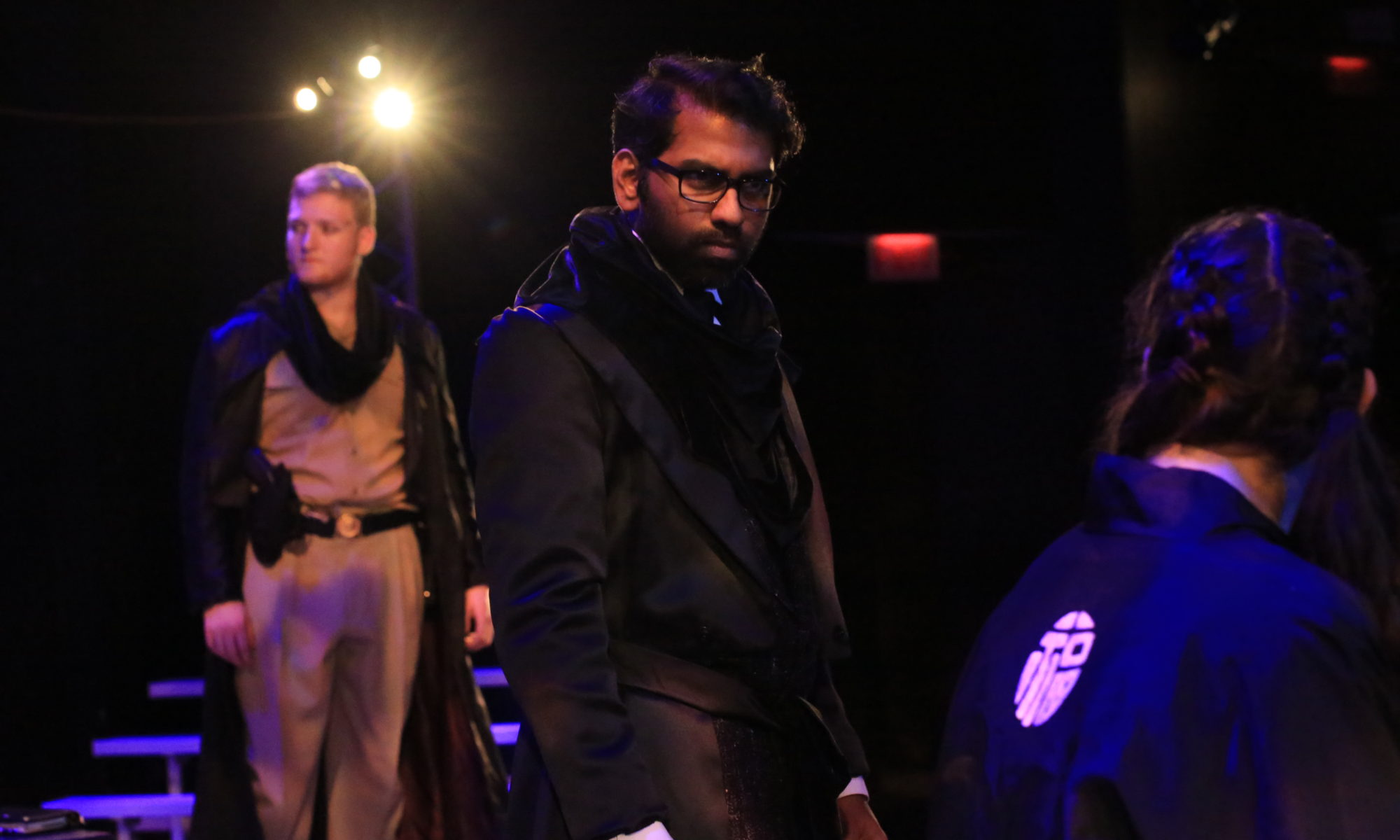One of the advantages of the Information Technology and Management program at The University of Texas at Dallas is that it has the perfect curriculum design for learning the fundamentals of many pillars of IT. Of course, it is important to pick one focus and develop your skills in it. But with every passing day, the tech industry is evolving in a way where cross-functions and integrations are the norm. You need to be able to wear many hats. So, it makes sense to explore topics which might not really be your focus, but still fall in the technology umbrella. This is why, I was happy with my decision of taking IT Security and IT Audit and Risk Management, two subjects that enhanced my basic knowledge of some of the most promising and vital aspects of Information Technology.

My cyber security class, led by the profound Prof. Nate Howe, was eye-opening as it got me well-versed with so many IT risk and security aspects. I understood the entire structure of IT security functions in an organization with a sneak peek into responsibilities of the Chief Information Security Officer. The class took me to interesting avenues like the CIA objective, Business Continuity Planning and Disaster Recovery, ransomware and the anatomy of an attack, TCP/IP basics, secure – SDLCs and IT Control Frameworks. The class ended on a high note with guest speakers and industry professionals coming in to give demos of Kali Linux and penetration testing. It sure got me excited about exploring Kali Linux more, in the future.
The IT Audit and Risk Management class was a lot of fun, despite being so full of theory. This was because of the cool Prof. Joseph Mauriello, who always kept us engaged with his sense of humor and class-end quizzes. This class was the reason I became a member of the student chapter of ISACA – a club that had the best meet-ups and the most delicious food. In Prof. Mauriello’s class, I learnt the fundamentals of auditing IT governance controls, operating system and network controls, types of DOS attacks, and Risks associated with different IT functions and ERP systems. It is thanks to this class, that I know about the ACL software, the Sarbanes-Oxley Act, and the Fraud triangle.

While these subjects were not in line with my analytics focus, taking them was absolutely worth it as they served as essentials training of fundamental IT concepts. I also made some really cool friends (Hi Micah, Marie, Jeyaraj, Chloe, Diksha!) whom I enjoyed spending classwork and project time with. And that brings us to the professor, whom I have thanked several times but my series cannot be complete without him. I call him Master Yoda for without his guidance, I wouldn’t have been able to walk even two steps in this long path. I’m talking about the Program Director of MS Business Analytics at UTD, Dr. Bill Hefley.

You might think that it is weird for me to be talking about Dr. Hefley in a post describing my experience in subjects that do not fall under his Business Analytics domain. But that is precisely why Dr. Hefley is an extremely special teacher to me. I had joined UTD as a MS BA student and had moved to ITM after my first semester as it aligned better with my experience and goals. Despite this, Dr. Hefley has continued to be my guardian angel. As faculty advisor for Travelytics, he has made sure everyone in our team has someone to go to. To me personally, he has been someone I can always write to (and I hope it continues to be that way) or walk up to. Every interaction with him has been warm and comforting. With his fun one-liners and cheerful yet informative emails, he is someone who is always there to cheer me up and keep me going. So, at the risk of boring you with my gratitude one more time, Dr. Hefley – THANK YOU.
ALSO SEE Saying “Hello, old friend” to Statistics and Analytics
This is the ninth post of my #10DaysToGraduate series where I share 10 key lessons from my Master’s degree in the form of a countdown to May 8, my graduation date.











